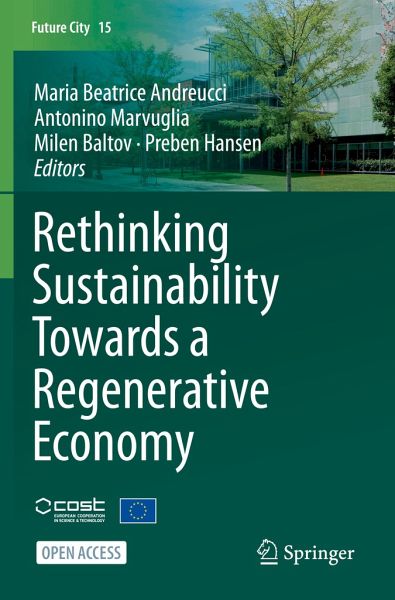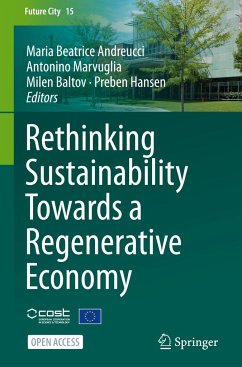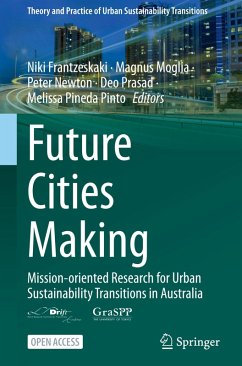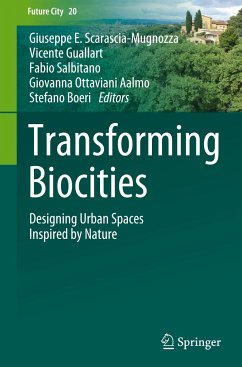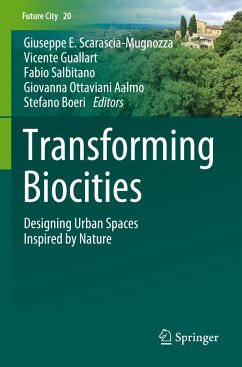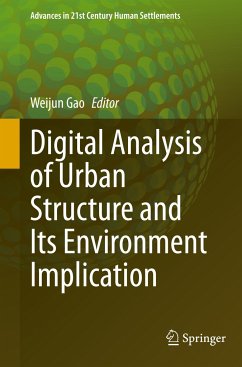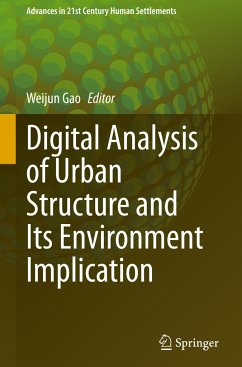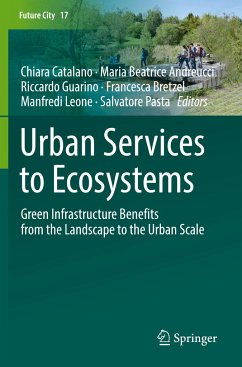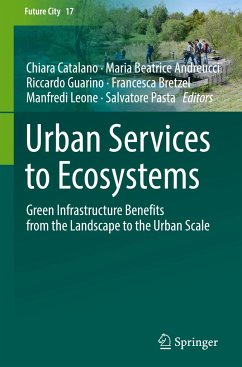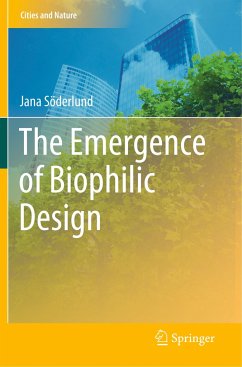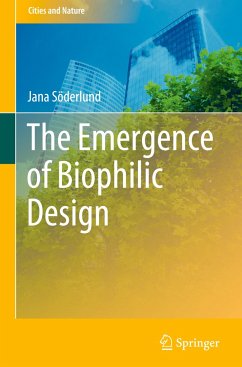¿Maria Beatrice Andreucci holds a Ph.D. in Environmental Design (Sapienza University of Rome), M.B.A. (INSEAD). She is a registered architect and an economist and focuses her professional activity, research and teaching on the application of environmental technological design and environmental economics theories, principles and methods on urban design, architecture, and landscape architecture projects. Member of the Editorial Committee of the COST Action "Rethinking Sustainability Towards a Regenerative Economy". Management Committee member and leader of the working group "Dissemination, Outreach and Exploitation" of the COST Action "Positive Energy Districts European Network". Co-chair of the European research project "EKLIPSE - Urban Biodiversity & Mental Health and Well-being", in cooperation with the French Ministry of the Environment and the World Health Organization. Steering Board member and leader of the working group "Urban Economies and Welfare" in JPI-UERA "Urban Europe Research Alliance". Chair of IFLA "International Federation of Landscape Architects Advisory Circle". Member of SITdA "Italian Society of Technology of Architecture", and EDRA "Environmental Design Research Association". In the last decade, she has authored two books, co-edited three books and published more than sixty papers in peer-reviewed journals and conferences. Her design projects have been published in international journals, and have won recognitions and prizes at international levels. Currently, she works as Research Professor of "Environmental Technological Design", member of the Academic Board of the Ph.D. Program in "Planning, Design, Technology of Architecture"; and expert member of the Scientific Didactic Committee of the II level Master in "Environmental Technological Design", at "Sapienza" University of Rome. Antonino Marvuglia holds a Ph.D. in Environmental Applied Physics (2007) from the University of Palermo (Italy). In 2009 he has been a Marie Curie research fellow at the University College Cork (Ireland), where he worked in the framework of the project CREEDS (Constraint Reasoning Extended to Enhance Decision Support). Since 2010, he is a researcher in the Grand Duchy of Luxembourg, currently working as a Senior Research and Technology Associate at the Luxembourg Institute of Science and Technology (LIST). His main research interests are at the intersection between life cycle assessment (LCA), data analytics (including machine learning) and simulation for sustainability assessment. He has been Management Committee (MC) member of the COST Actions "Mining the European Anthroposphere" and "Mathematical and Computer Science Methods for Food Science and Industry". He is currently MC member of the COST Actions "Rethinking Sustainability Towards a Regenerative Economy" and "Positive Energy Districts European Network". He has published about 50 peer-reviewed articles in international scientific journals and 10 bookchapters, in addition to numerous other research products (reports, conference proceedings, etc.). He is member of the editorial board of the Journal of Environmental Accounting and Management (Associate editor for "Computational Sustainability") and of Renewable & Sustainable Energy Reviews (for the topic "Stochastic Optimisation in Energy Systems"). He has delivered talks to about 40 different events between international conferences, colloquia, workshops. Milen Baltov, Ph.D., went through a transition from entrepreneur and consultant to small and medium-sized enterprises, to the world of academia. He is an expert in evaluation and monitoring of support schemes to the public administration, transport, infrastructure and the cross-border cooperation programmes. For 25 years he has been an expert and a team leader in capacity building and business promotion projects for several EU applicant countries, with missions in Macedonia, Croatia and Kazakhstan. He has been Memberof the Management Committee and working group leader in the COST Actions: "The effective design and delivery of megaprojects in the European Union", "The EU in the new complex geography of economic systems: models, tools and policy evaluation", and "Rethinking Sustainability Towards a Regenerative Economy", supported by the EU FP7 and FP8 (Horizon 2020) programmes. Currently, he is deputy Chair of a WG in "¿ pan-European network for marine renewable energy", and Member of the MC of "Multi-disciplinary innovation for social change" COST Actions (EU Horizon 2020 financed). Member of the Assembly to the mission board for "Healthy Oceans, Seas, Coastal and Inland Waters" in the next Horizon Europe programme design, and a co-chair of the "Stakeholders" WG on "Black Sea Strategy for Research and Innovation Agenda." He is a professor and Vice Rector of the Burgas Free University, and represents Bulgaria in the Programming Committee for "SMEs and Access to Risk Finance", introducing the EIC instruments under the EU Horizon 2020, and next Horizon Europe programmes. Preben Hansen is a Docent and Associate Professor in Human-Computer Interaction (HCI) at the Stockholm University, Department of Computer and Systems Sciences. He is also a Visiting Professor at Peking University and a Research Fellow at University of Illinois, Urbana-Champaign, USA. Before entering the academy, he worked at SICS (Swedish Institute of Computer Science, now RISE). Preben Hansen pursues national and international research in the intersection of Human-Computer Interaction, Industrial Design and Information Access focusing on how humans use, experience, and live with collaborative technologies and interactive artefacts. In this line of research, he has been involved in national projects with funding from companies like Ericsson, Telia, SAAB, ABB and Bombardier. Internationally, he currently participates in the following EU-project: RESTORE and has worked in the following EU-COST projects: CyberParks, KEYSTONE, KNOWeSCAPE, MUMIA and has participated in the following large FP7 EU-projects: PROMISE (2010- 2013), ASSETS (2010-2012), COMPANIONS; DELOS NoE 2; CLARITY, DUMAS, SCHOLNET and DELOS-NoE. Preben Hansen regularly serves as Chair of the international ACM and IEEE Conferences, and as a Program Committee (PC) member for several conferences. He has also worked as reviewer for several ACM/IEEE journals. He is currently supervising several national as well as international Master and PhD students within the area of HCI and has authored over 120 articles in journals and conferences as well as co-edited 3 books.
